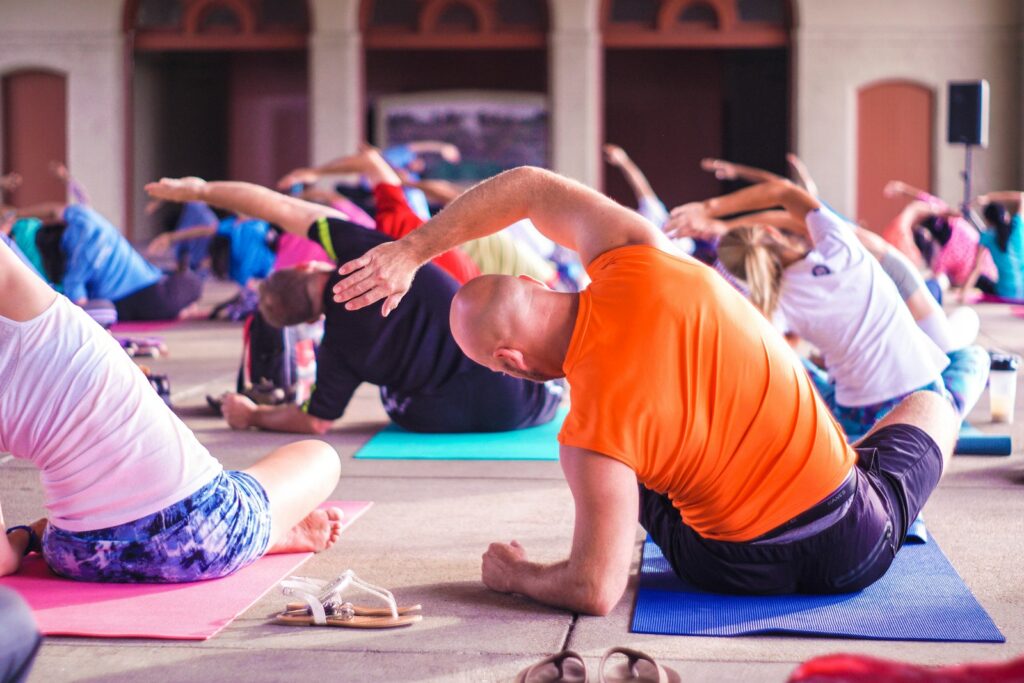Arthritis is a condition that is common among seniors, it causes pain and stiffness in the joints that can make everyday activities challenging. Even though there is no cure for arthritis, there are many ways to manage the pain and improve quality of life. Seniors can stay active and enjoy their daily routines with the right strategies. Some practical tips for managing arthritis pain at home are given below.
Stay Active with Gentle Exercises
One of the essentials for managing arthritis pain is to stay active. Regular exercise can help maintain joint flexibility, it can strengthen muscles, and reduce stiffness. But it is important to opt for low impact activities so that your joints won’t be strained.
Recommended Exercises
- Walking: Without putting too much stress on the joints, walking is a simple and effective way to keep moving. You can start with short walks and gradually increase the distance.
- Swimming: Provides a full-body workout due to the buoyancy of the water and it is easy on the joints.
- Yoga: is good for flexibility and it can strengthen muscles around the joints. It is adaptable as well meaning, many yoga poses can be modified to suit your comfort level.
- Tai Chi: A gentle form of exercise that is good for improving balance and reducing pain.

Maintain a Healthy Diet
Diet is a big component of arthritis management. Inflammation can be reduced by eating the right foods for an improved overall health. You must be focused on a balanced diet that includes plenty of fruits, vegetables, lean proteins, and whole grains.
Anti-Inflammatory Foods
- Fatty Fish: Those foods which help reduce inflammation. Salmon, mackerel, and sardines are high in omega-3 fatty acids.
- Leafy Greens: Foods like spinach, kale, and broccoli have a lot of vitamins and antioxidants that fight against inflammation.
- Nuts and Seeds: Almonds, walnuts, and flax seeds are rich in healthy fats and fiber.
- Berries: Blueberries, strawberries, and raspberries contain antioxidants.
You should avoid processed foods, excessive sugar, and trans fats because these can increase inflammation and exacerbate the symptoms of arthritis. Consult with a nutritionist for personalized dietary recommendations.
Use Heat and Cold Therapy
Heat and cold therapy can be a great way to find some relief from arthritis pain. With the help of heat, your muscles can relax which will lead to an improvement in blood flow, while cold reduces inflammation and numbs the painful area.
How to Use Heat and Cold Therapy
- Heat Therapy: Take a warm bath, use a heating pad, or a warm towel to relax stiff joints and muscles. At a time, apply heat for 15-20 minutes.
- Cold Therapy: Use a bag of frozen peas wrapped in a towel or an ice pack to help reduce swelling and numb the pain. You should apply cold for 10-15 minutes at a time.
It could be particularly effective for some people to Alternate between heat and cold. But remember to always ensure protection of your skin from direct contact with extreme temperatures.
Incorporate Assistive Devices
Daily tasks can become much easier and less painful by using assistive devices. Assistive devices are tools that are designed to reduce strain on the joints and improve mobility.
Useful Assistive Devices
- Grab Bars: Install grab bars in the bathroom so when getting in and out of the shower or bathtub you will have support provided.
- Reacher’s: Utilize tools that are long and handled to help you pick up objects without having to bend or stretch.
- Jar Openers: Make devices that make it easier to open jars and bottles available to them for reducing strain on the hands and wrists.
- Cane or Walker: These kinds of devices provide extra support and stability when walking.
1st Care Community’s home care services in Brisbane and the Gold Coast can help you in assessing your home to recommend the best assistive devices for your needs.

Practice Good Posture
Stress on your joints can be alleviated through maintaining a good posture which can also reduce pain. You must be mindful of your posture all the time, especially when you are sitting or standing for long periods
Tips for Good Posture
- Sitting: Relax your shoulders, keep your back straight, and feet flat on the floor. Try using a chair with good lumbar support.
- Standing: You should keep your shoulders back and your head aligned with your spine and be mindful of how you distribute your weight, it should be evenly done on both feet, and avoid slouching.
- Sleeping: A firm mattress should be used and such pillows that can support your neck and spine in a neutral position.
Practicing exercises that strengthen your core and stretching regularly can also improve your posture.
Seek Professional Help
Do not shy away from seeking professional help for managing arthritis pain. A healthcare provider will be able to offer treatments and therapies that are designed specifically for the management of your symptoms.
Professional Support Options
- Physical Therapy: To improve your mobility and strength, a personalized exercise program can be designed by a physical therapist.
- Occupational Therapy: You can get help to find ways to perform daily activities more easily and safely by an occupational therapist.
- Home Care Services: Providers like 1st Care Community offer specialized services for seniors with arthritis.
If you are eligible for NDIS services, finding the best NDIS service provider like 1st Care Community can connect you with resources to manage arthritis in a better way.
It involves a combination of things to manage arthritis pain at home, like staying active, eating a healthy diet, using heat and cold therapy, incorporating assistive devices, practicing good posture, and seeking professional help. Seniors can effectively manage their arthritis pain and enjoy a better quality of life by implementing these strategies.
If you need additional support, consider reaching out to us in Brisbane or the Gold Coast. Our team is available 24/7 to answer any question that you may have, feel free to reach out, today!


